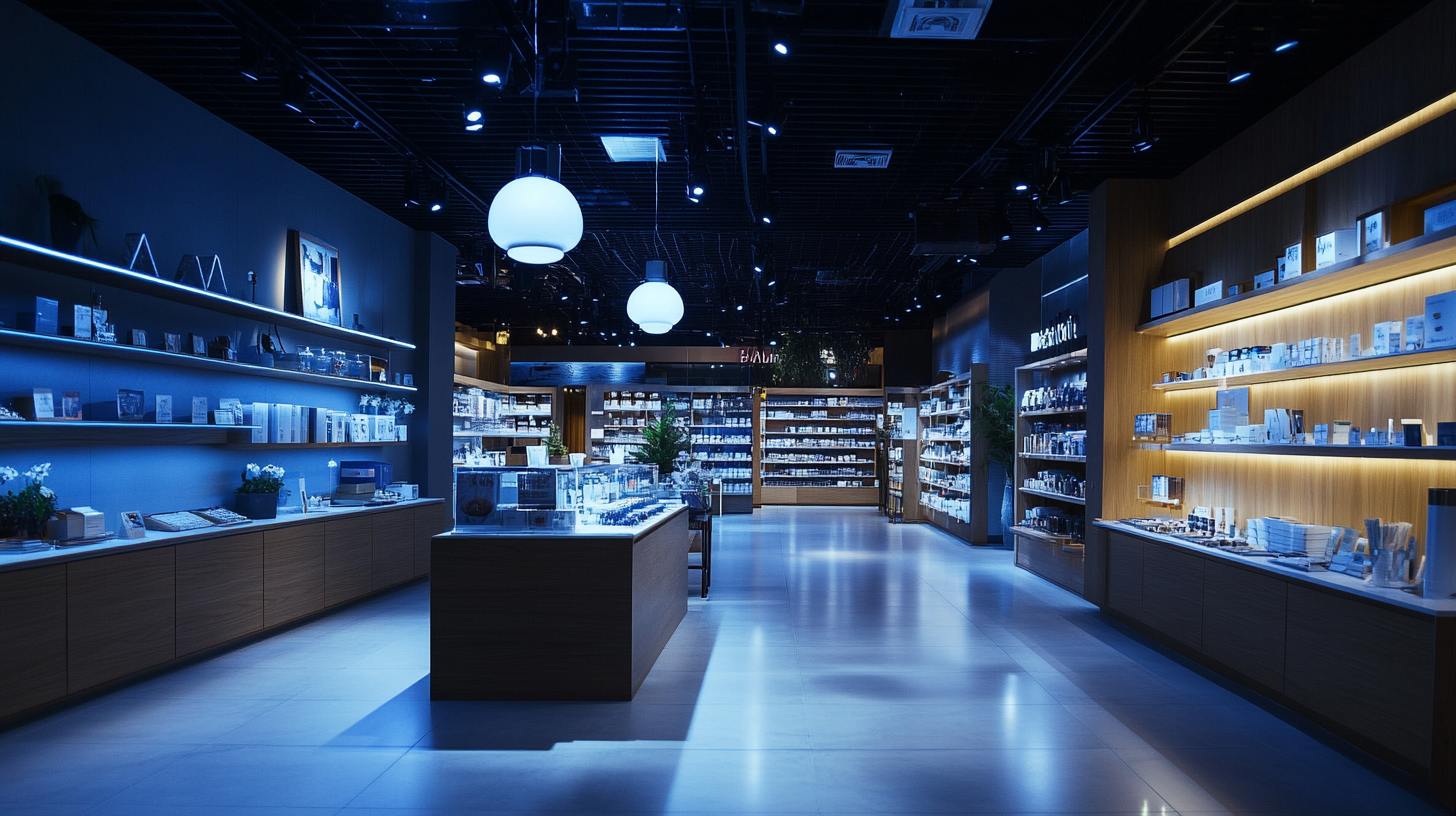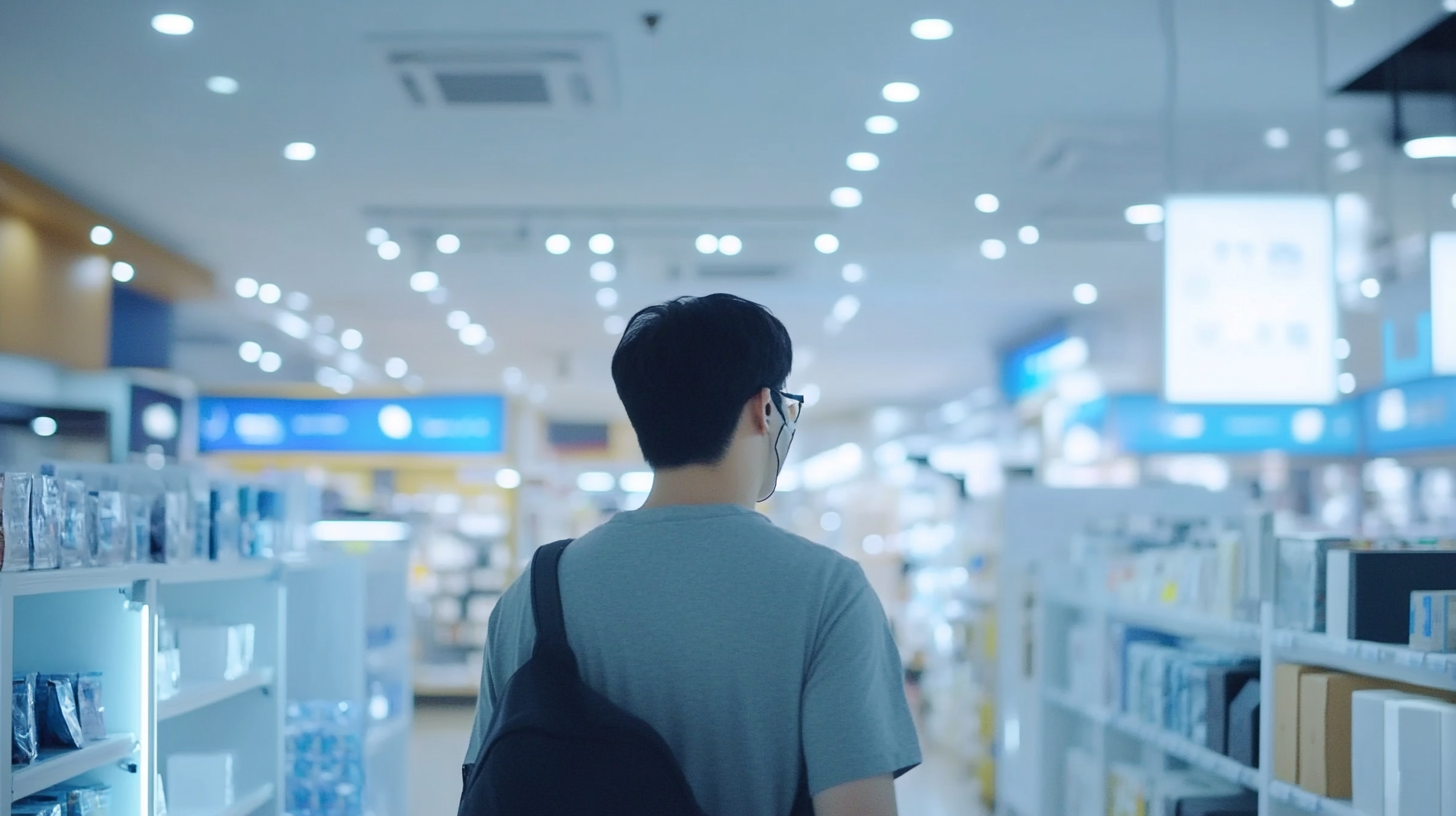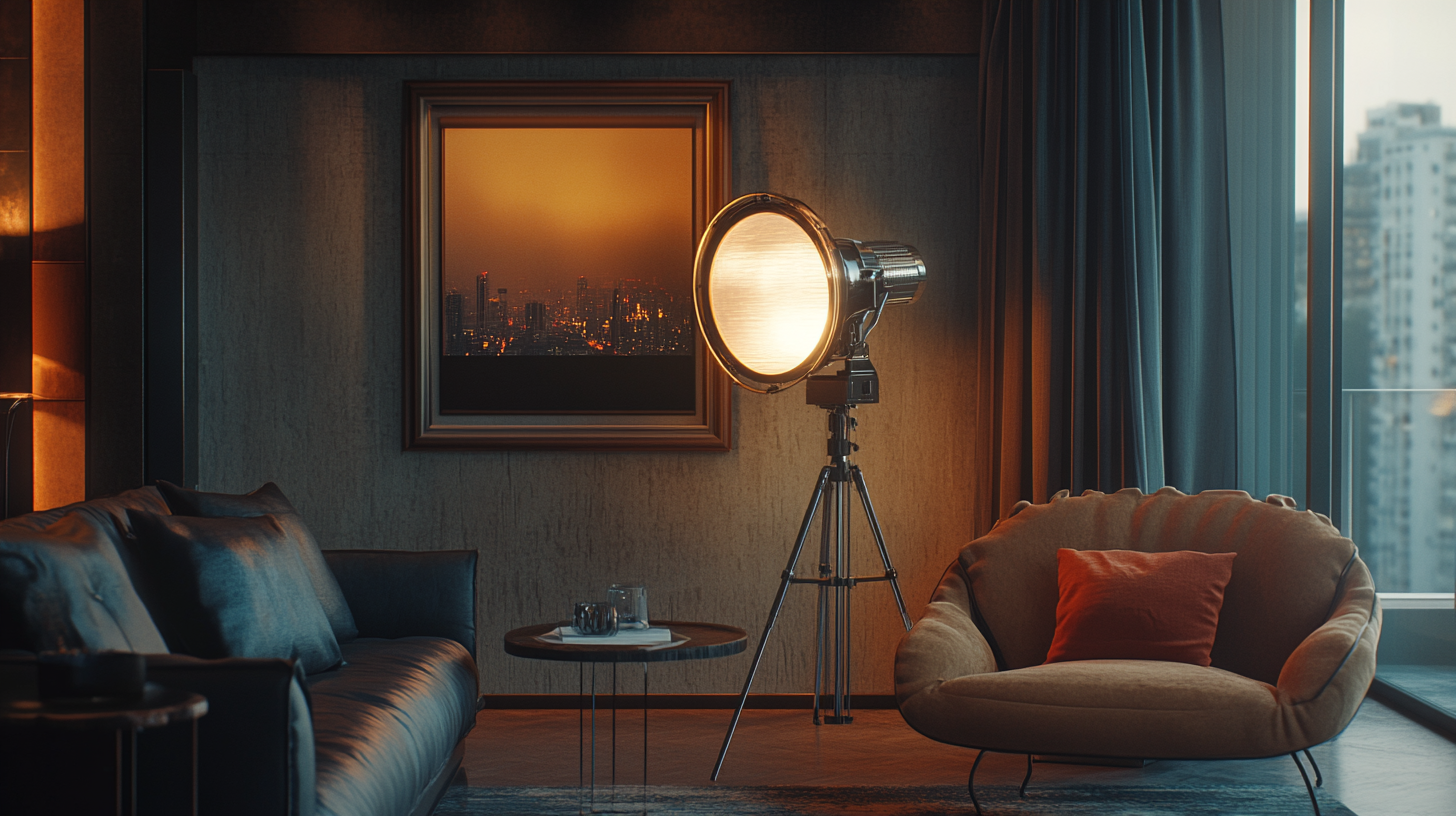Challenges Faced by Global Buyers in Securing Quality Lighting Products
In the rapidly evolving landscape of global trade, securing quality lighting products poses substantial challenges for buyers across various sectors. According to a report by the International Lighting Market Research Association, the global lighting market is projected to reach $185 billion by 2027, driven by increasing demand for energy-efficient and smart lighting solutions. However, as buyers navigate this burgeoning market, they often encounter significant hurdles such as inconsistent product quality, varying compliance standards, and supply chain disruptions that complicate procurement efforts.
As businesses strive to enhance their lighting strategies to meet customer expectations and regulatory requirements, the necessity for reliable sourcing methods has never been more critical. In fact, a study by the Global Lighting Association highlighted that over 60% of buyers acknowledged difficulties in identifying trustworthy suppliers of lighting products, often leading to delays and financial losses. This blog will explore these challenges in detail, providing insights into how global buyers can better navigate the complexities of securing high-quality lighting solutions in an increasingly competitive market.

Impact of Global Supply Chain Disruptions on Lighting Product Availability
In the ever-evolving landscape of global trade, the lighting industry is facing unprecedented challenges, particularly due to ongoing disruptions in the supply chain. The pandemic, political tensions, and unpredictable events have created a ripple effect that impacts the availability of quality lighting products. As global buyers seek reliable sources, they often find themselves grappling with delayed shipments, increased costs, and fluctuating quality standards. These supply chain disruptions have forced buyers to navigate a complex web of multiple suppliers and logistics options. Many buyers are now scrutinizing their existing relationships and diversifying their sources to mitigate risks. However, this search for alternative suppliers does not guarantee consistency in quality, which is a crucial aspect when it comes to lighting products. With the demand for energy-efficient and innovative designs on the rise, the challenge is not only in finding available stock but also in ensuring that these products meet rigorous quality benchmarks. Moreover, the influence of geopolitical issues cannot be overlooked. Trade restrictions and tariffs can complicate procurement processes, resulting in longer lead times and elevated costs. Consequently, global buyers must remain nimble, adapting their strategies to ensure they can secure the quality lighting products that meet both aesthetic and regulatory requirements. As the world slowly stabilizes, it remains to be seen how these ongoing supply chain issues will reshape the future of sourcing in the lighting industry.

Understanding Quality Standards in Global Lighting Product Sourcing
When sourcing lighting products globally, buyers often face the challenge of navigating complex quality standards. Understanding these standards is critical, as they vary significantly across regions and can impact product performance and safety. According to a report by the International Electrotechnical Commission (IEC), approximately 60% of lighting products fail to meet essential safety criteria in certain markets due to a lack of awareness among buyers about these standards.
Furthermore, the adoption of global sustainability guidelines, such as the ISO 50001 for energy management, complicates the landscape even further. A survey conducted by the American Lighting Association revealed that 45% of manufacturers struggled to meet these new sustainability requirements, citing the need for additional training and resources. This highlights the importance of not only understanding specific quality standards but also staying updated on global trends in sustainability and energy efficiency to remain competitive.
Buyers must also ensure that their suppliers are compliant with both local and international standards. A study by Transparency Market Research found that compliance issues were responsible for approximately 30% of product recalls in the lighting industry last year. This suggests that due diligence in verifying supplier certifications and quality assurances is vital for reducing risks associated with sourcing lighting products globally. As the market continues to evolve, the emphasis on quality and compliance will only grow stronger, making it imperative for buyers to adapt swiftly.

The Role of Technology in Ensuring Quality Control in Lighting Products
In today's lighting industry, the challenge of ensuring quality control in lighting products has become increasingly significant, particularly for global buyers. The integration of technology plays a crucial role in mitigating quality discrepancies, given that the International Energy Agency (IEA) reported that approximately 20% of lighting products fail to meet regulatory standards, leading to both financial losses and safety hazards.
One innovative approach that has gained traction is the use of advanced manufacturing technologies such as the Internet of Things (IoT). The IoT enables real-time monitoring and feedback during production processes, which can significantly enhance quality assurance. According to a report by Markets and Markets, the global IoT in the lighting market is projected to reach $24.5 billion by 2025, reflecting a growing commitment to leveraging technology for quality improvement. By using IoT sensors, manufacturers can track performance metrics such as energy efficiency and luminaire lifespan, ensuring that every product meets specified criteria before it reaches the market.
Moreover, Artificial Intelligence (AI) is transforming quality control processes. AI algorithms can analyze vast amounts of data to detect anomalies and predict potential failures in lighting systems. A study by Deloitte found that AI-driven quality control systems could reduce defect rates by up to 30%, a game-changer for global buyers seeking reliable products. These technologies not only streamline quality assurance but also enhance customer satisfaction by providing products that meet or exceed expectations in terms of performance and durability.

Navigating Regulatory Challenges in Different Markets for Lighting Products
Navigating regulatory challenges in different markets for lighting products is a critical issue for global buyers aiming to secure high-quality solutions. As regions adapt their regulations to address environmental concerns, safety standards, and energy efficiency, the complexities involved can be daunting. For instance, the recent trends toward achieving significant emissions reductions through mechanisms such as carbon credits emphasize the need for compliance with local codes and standards that vary widely across borders. Buyers must remain informed about these regulations to ensure that the products they procure are not only compliant but also sustainable.
In markets like the European Union and North America, lighting products must align with stringent energy efficiency mandates. Reports indicate that approximately 70% of lighting products in these regions are now required to meet specific performance criteria, which directly affects sourcing strategies for global buyers. Additionally, factors such as fluctuating tariffs and changing import regulations can complicate the supply chain for lighting products, demanding that buyers stay agile and well-informed. The ability to navigate these regulatory landscapes is essential for minimizing risks and maximizing market opportunities.
Furthermore, as companies like Syndax Pharmaceuticals illustrate, navigating market challenges amid evolving regulations is crucial for maintaining competitive advantage. By staying ahead of these regulatory changes, global buyers can not only secure quality products but also position themselves favorably in the marketplace. The convergence of innovation and compliance in lighting products is not just a regulatory challenge—it's an opportunity for buyers who adapt to these changes and prioritize quality and sustainability in their procurement.
Identifying Reliable Manufacturers and Suppliers in a Competitive Landscape
In today’s competitive marketplace, global buyers in search of quality lighting products encounter a myriad of challenges, particularly when it comes to identifying reliable manufacturers and suppliers. The vast array of options available can be overwhelming, making it critical for buyers to distinguish between trustworthy vendors and those that may not meet quality standards. This process begins with thorough research, which includes examining supplier credentials, certifications, and the reputation within the industry.
Furthermore, communication plays a vital role in ensuring the reliability of manufacturers. Engaging with potential suppliers through direct inquiries and site visits can provide valuable insights into their operations and product quality. Buyers should also consider the importance of transparency in pricing and production timelines, as these factors can indicate a supplier’s reliability. Leveraging technology, such as online platforms and review systems, can further aid in validating the credibility of manufacturers, allowing buyers to make informed decisions in a crowded market.
Collaborating with local sourcing agents or consultants can also be beneficial for global buyers. These professionals possess in-depth knowledge of regional suppliers and can facilitate connections that align with the buyer’s product requirements. By leveraging local expertise, buyers can navigate the complexities of international sourcing while ensuring they partner with reputable manufacturers who prioritize quality and compliance in their production processes.
 Skip to content
Skip to content
